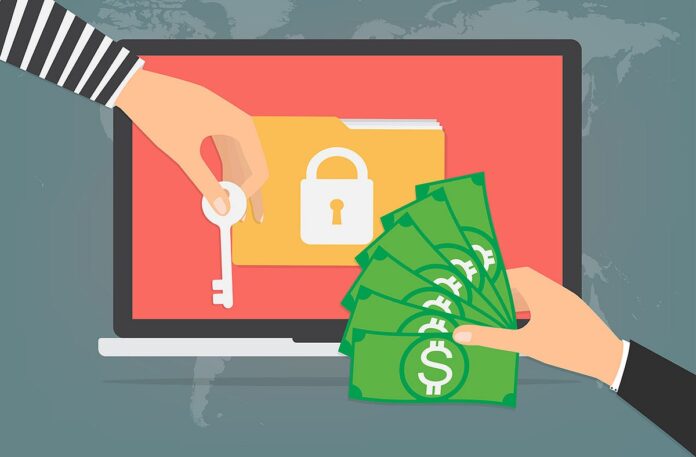Ransomware is malware that encrypts personal information and files until the victim pays a ransom to unlock them.
Ransomware attacks are one of the biggest threats to businesses today. They affect almost every industry sector and organization size.
Update Your Antivirus Software
Updating your antivirus software is essential in protecting your business from a ransomware attack. Antivirus software protects your computer from viruses, Trojans, and other types of malware that can harm your system or steal personal information.
Updating your antivirus software keeps its virus database up-to-date with the latest definitions of new and existing threats. Updates also address bugs in the scan engine and improve its ability to detect new malware.
Not updating your antivirus can put your system at risk of a ransomware attack because the latest threat information will be unavailable to the software..
This was because many people were slow to update their systems, which led to the virus being able to spread throughout their network.
It is important to remember that ransomware attacks can target any device connected to the Internet or a network. This can include your laptop, mobile phone, or tablet.
Install a Firewall
A firewall analyzes your network traffic and blocks incoming connections it hasn’t been configured to accept. Firewalls are similar to a security guard at the entry point of your building, who only lets in those trusted sources.
Cybercriminals and pirates can exploit any weaknesses in a network’s security, so it’s essential to have a firewall protecting your devices and personal data from hackers. Unlike antivirus software, which can only safeguard your devices within the network, a firewall casts a broader security net that can stop hackers from entering or accessing your entire system.
Ransomware is malware that locks down your computer and prevents you from accessing it until you pay a fee or “ransom.” It’s a severe threat, and companies should take all steps to protect themselves against it.
The first step in fighting ransomware is ensuring that your business has proper ransomware attack solutions and a data backup solution. This will allow you to restore your data and resume operations without ransom. It’s also important to isolate your infected systems, turn off Wi-Fi, and disconnect any other network connections.
Install a Backup Solution
A backup solution is one of the best ways to protect your data from a ransomware attack. It ensures you’ll never lose access to your files if an attacker encrypts them and holds them, hostage until a ransom is paid.
The 3-2-1 backup rule states that you should have at least three copies of your data stored on two different media types, with at least one copy located offsite or in secure storage. This ensures you have a full copy of all your data in several locations and helps prevent your business from suffering massive losses if something goes wrong.
A robust backup solution offers a range of features and functionality to help you protect your business’s data. You should look for solutions that support diverse file types, provide flexible storage options and backup locations, and allow you to back up your data automatically. Ideally, these solutions also offer a range of backup types, including full, differential and incremental. These features reduce the storage needed for your backups and make restoring them faster.
Set Up Two-Factor Authentication
One of the most effective ways to protect your business from a ransomware attack is by setting up two-factor authentication. This security feature requires something your users know (a password) and something they have (an authenticator app, a USB key, or a QR code).
Many small businesses are unaware of 2FA and don’t realize how beneficial it can be to their security. It’s been shown that many cyberattacks can be prevented by enabling them.
There are many ways to set up two-factor authentication, but it all starts with understanding what it is and how it works. It’s also important to understand that a two-factor solution is not foolproof, so it’s best to have some backup plans in place should your employees need to remember their credentials.
Most 2FA solutions use a combination of something your users know (a password) and a thing they have (an authenticator app or an additional security question). The two-factor solution is often implemented as part of a zero-trust security strategy, and various industries use it.
Train Your Staff
Ransomware is malicious software that locks down files or systems and doesn’t return access to them unless victims pay a ransom. It’s a hazardous cyberattack because it can cause significant financial, operational and legal damage.
The first step to protecting your business from a ransomware attack is to train your staff on what to look for to spot suspicious activity. This includes warning signs like phishing emails, social engineering scams and other spoofing methods.
All staff needs to understand that the only way to avoid a ransomware attack is to back up their data regularly. This means making a copy of their files and data on an external device that anyone else can’t access.
This is a significant security measure and one that every company should take. It is also a good idea to conduct regular training sessions to inform employees of the dangers of ransomware and other cyber threats. This will ensure that everyone is on the same page with what a ransomware attack is, how to spot it and how to prevent it from happening in the first place.








